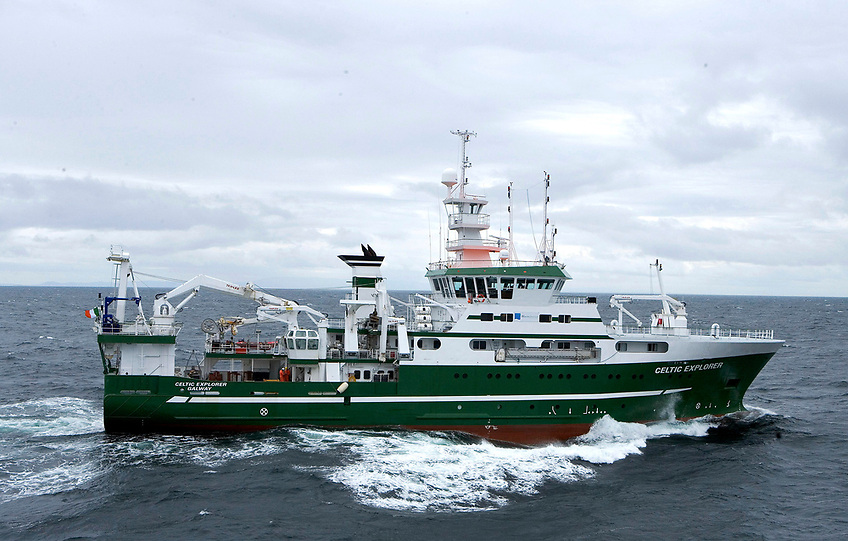Plastic pollution remains in river systems for much longer than previously thought, new research has found.
Microplastics may travel at less than 0.01km per hour, a University of Leicester study indicates.
Polyethylene terephthalate (PET), a common material for single-use plastic bottles, requires UV light to break down over more than 450 years.
The study involved tracking 90 PET sample plastic bottle ‘tracers’, released into a river Soar tributary near Wistow, Leicester.
The average travel distance for each tracer was 231m in 24 hours, with the furthest at just under 1.1km.
The study was conducted by University of Leicester School of Geography, geology and environment PhD researcher Robert Newbould, alongside Dr Mark Powell and Professor Mick Whelan.
“We were surprised at how easily the plastic bottles were trapped, and their relatively low travel distance,” Newbould said.
“Our work supports other research that existing estimates of riverine plastic flux to the ocean may have been overestimated, but more research is needed to confirm this,”he said.
Researchers recovered 96% of plastic tracers from the river system, and also retrieved other litter to reduce macroplastic pollution.
The University of Leicester is home to the Centre for Landscape and Climate Research, which applies research to pressing global challenges, often in collaboration with industry.
‘Macroplastic Debris Transfer in Rivers: A Travel Distance Approach’ is published in the journal Frontiers in Water.
More here































































